Table of Contents
- Benefits of Integrating Technology in Education
- Enhanced Learning Experiences
- Personalized Learning
- Improved Collaboration and Communication
- Access to Education
- Efficient Administration and Management
- Challenges of Integrating Technology in Education
- Digital Divide
- Teacher Training and Professional Development
- Student Distraction and Misuse
- Cost and Budget Constraints
- Privacy and Security Concerns
- Case Studies and Real-World Examples
- Future Trends in Educational Technology
- Practical Tips for Stakeholders
- For Students and Parents
- For Teachers and Tutors
- For School Administrators and Instructional Designers
- For Educational Software Developers and Entrepreneurs
- Conclusion
Since ancient times, man has been hungry for knowledge. In the Colonial era, there were wooden paddles with lessons printed on them. In the 1870s, Magic Lantern, a primitive projector with images on it, was used. In 1890 chalkboards came followed by the pencil in the 1900s. Radio came in the 1920s and introduced auditory online classes. After that, the overhead projector came in 1930 followed by videotapes in 1951. Like these, the photocopier (1959), calculator (1972) and computer with internet (2009) entered into the education field.
Now, in 2024, different digital tools such as AI tools, Augmented Reality, Virtual Reality, educational software and apps have become part of classrooms. The U.S. Department of Education stated that in 1930, the number of students in the classroom was 1 million but they reached 21.6 million by 2012. This shows the importance of integrating technology in the education field.
This blog will discuss the importance and strategies of integrating technology in the classroom and the challenges stakeholders can face while implementing them.
Benefits of Integrating Technology in Education
We have discussed a minor benefit in the introduction. But, there are a lot of other benefits too. So, let's discuss some of them.
Enhanced Learning Experiences
Technology is in every field of a student's life. Fortnite and Minecraft are popular as number one games among children and teens. So, it is crucial to make education fun for these kids too. For this, teachers can use edTech tools in the classroom. They can use Spotify to integrate music, and YouTube to add podcasts and documentaries in the classroom. Virtual reality can help students in visiting different places from the comfort of their seats.
There are various interactive online games such as Walden and Quizlet to teach in a fun way. This will enhance their learning and give them practical knowledge and insights about the world.
Personalized Learning
Every student is unique so there should be personalized teaching and learning. For this, edTech can help students and teachers alike.
For example, Storybooks is a platform that allows teachers to make personalized storylines with attractive visuals for their elementary class.
Another example is TalkBerry which provides personalized AI tutors to teach any language. If a student is struggling with their language skills, they can use personalized AI tools and chatbots to improve their skills.
Moreover, there are various online platforms offering courses such as FutureLearn and Coursera that students can use for self-directed or personalized learning.
Improved Collaboration and Communication
There are Slack, Discord and other tools that allow collaboration and community chat. So, students and teachers can collaborate outside of the class through these tools. Different online tools allow online video streaming too. So, teachers can use them to connect with students around the globe.
Access to Education
Online tools have ensured that education is accessible for people with disabilities and students living in remote areas. Different stats also have shown that technology has made education quite affordable for a lot of students so there is no worry of funding now. MOOCs courses and platforms such as FutureLearn make sure that students can learn different courses free of cost. Moreover, there are some advanced accessible tools too that are free.
Teachers can access students in remote areas through Google Classroom, Zoom and other online video streaming tools. Kids with different disabilities can benefit from assistive technology.
Efficient Administration and Management
Online tools have automated administration tasks, assessment and grading processes. The educational software can easily manage student records, admissions and financial transactions effectively.
Moreover, teachers can use online platforms to grade assignments and quizzes and provide feedback immediately. For example, Gradescope by Turnitin is an amazing tool for grading and providing feedback within a few minutes. So, teachers can use such types of AI-assisted management and grading tools.
Challenges of Integrating Technology in Education
Digital Divide
According to the Education Trust, 42% of families of color and 50% of low-income families don't have access to educational technology in the US. Different researchers told us that there is gender inequality in accessing educational technology. Moreover, people with disabilities have less access to technology than those who don't have any. So, this digital divide is hindering the ability of a lot of students to complete their homework on time.
For this, institutes should provide internet access and tech rooms to students. These corners should have all the devices and technology a student needs to complete their homework.
Teacher Training and Professional Development
Teachers also need to be trained because a lot of them don't know how to integrate technology into the classroom. For this, institutes should provide them with enough resources, training and workshops to teach them about it. Moreover, different online platforms like GoGuardian provide resources to teachers regarding this aspect.
Student Distraction and Misuse
There is a lot of entertaining and unethical content on the internet. Research on university students told us that only 1 percent of them use digital devices for education purposes.
To solve this issue, the administration should apply a school network web policy that doesn't allow students to access any destructive content online. Moreover, students should be taught safe and productive use of technology through lectures and seminars.
Cost and Budget Constraints
Administration can face issues in integrating technology into the classroom due to funding issues. For this, they can collaborate with NGOs for funding or ask tech entrepreneurs to invest in them. Moreover, they can go for free or cost-effective tools and technological solutions.
Some other tips are that teachers can create a free classroom blog through a free wiki site or give students project-based assignments that involve the use of free resources.
Privacy and Security Concerns
There is a threat of cybersecurity in educational settings as students' sensitive data can be stolen. For this, institutes should develop robust security measures to safeguard sensitive student data.
Case Studies and Real-World Examples
Beschorner and Hutchison are two researchers who gave iPads in two preschool classrooms in 2013. They introduced writing, speaking and listening apps in the classroom. After seven weeks of data collection, they found that tablets support emergent literacy skills.
Wake focused on digital storytelling in 2012 in a rural community school. He observed that digital storytelling enhanced the confidence and literacy skills of students. The pupils shared their stories with other people through digital tools that gave them the feeling that their product was important and worth sharing.
In short, previous research has shown that the use of technology enhances a student's academic skills.
Future Trends in Educational Technology
The world is evolving so AI, AR, VR, data analytics, online learning, video learning and personalized learning are the future. Artificial intelligence is automating all the tasks such as making curriculum, grading assessments, making online courses and analyzing students' data. This data analytics can tell teachers which student is having what kind of issue and how to address these issues. So, it is making a way for personalized learning in the future.
AR is enhancing the traditional aspects of textbooks while VR is transporting kids to new planets. Videos are becoming common so video learning will be a new trend. It means students and teachers should start integrating these technologies into their lives.
Practical Tips for Stakeholders
For Students and Parents
Students can do self-directed learning by exploring additional resources and material. Parents can help them by giving them access to all the necessary tools they need.
For Teachers and Tutors
Teachers should learn how to integrate technology in the classroom. Moreover, they should keep a firm policy of using digital devices for productive purposes only.
For School Administrators and Instructional Designers
They should guide teachers on how to use technology and what tools could be best for ensuring digital equity in students. They should make the curriculum by keeping the obstacles teachers face in the digital classroom in mind.
For Educational Software Developers and Entrepreneurs
They should develop and market different useful educational tools that are easy to use and not too expensive. In this way, they can help schools and students with limited resources.
Conclusion
In short, adding technology in the classroom is crucial for teaching students 21st-century skills. The world is changing so classrooms should also change. Different edTech tools can solve a lot of issues for teachers and students. But, the overuse of it can also pose different issues. So, a teacher should use technology in those projects and topics where it is necessary. They should balance it with DIY and non-screen activities.







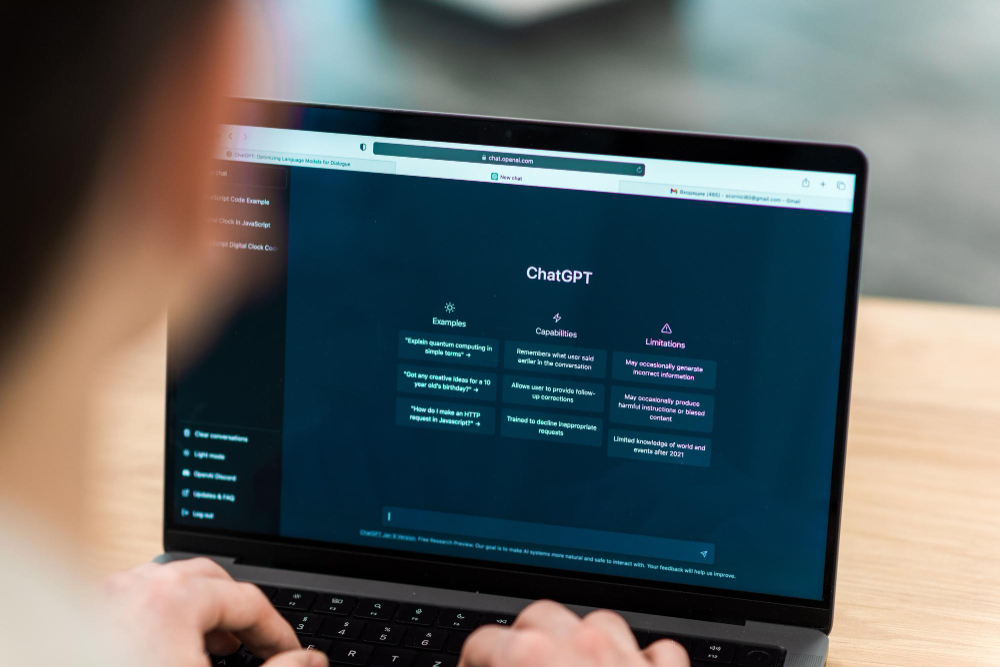












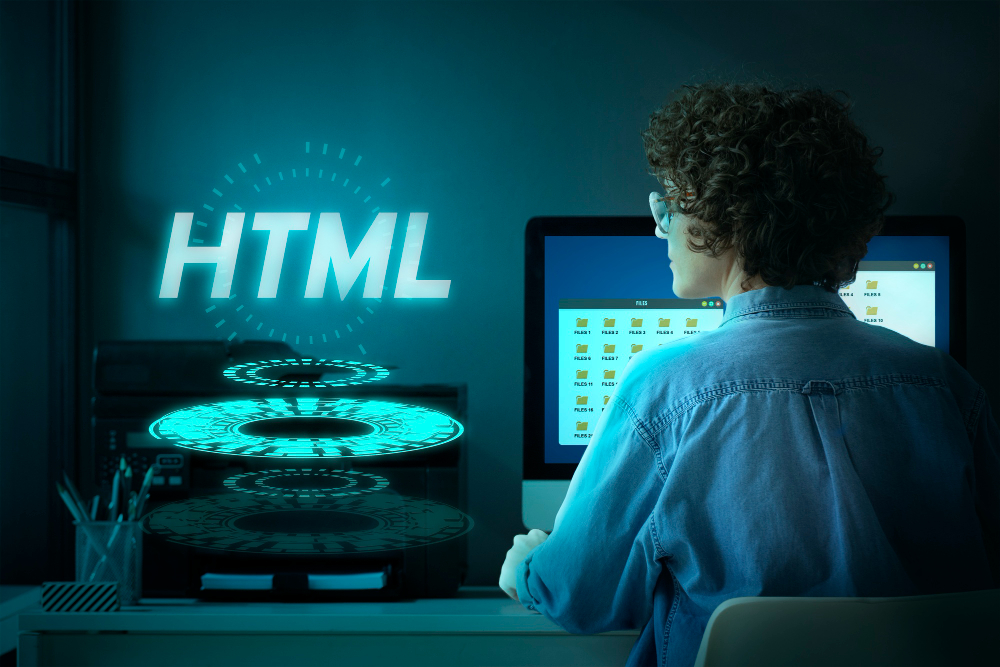


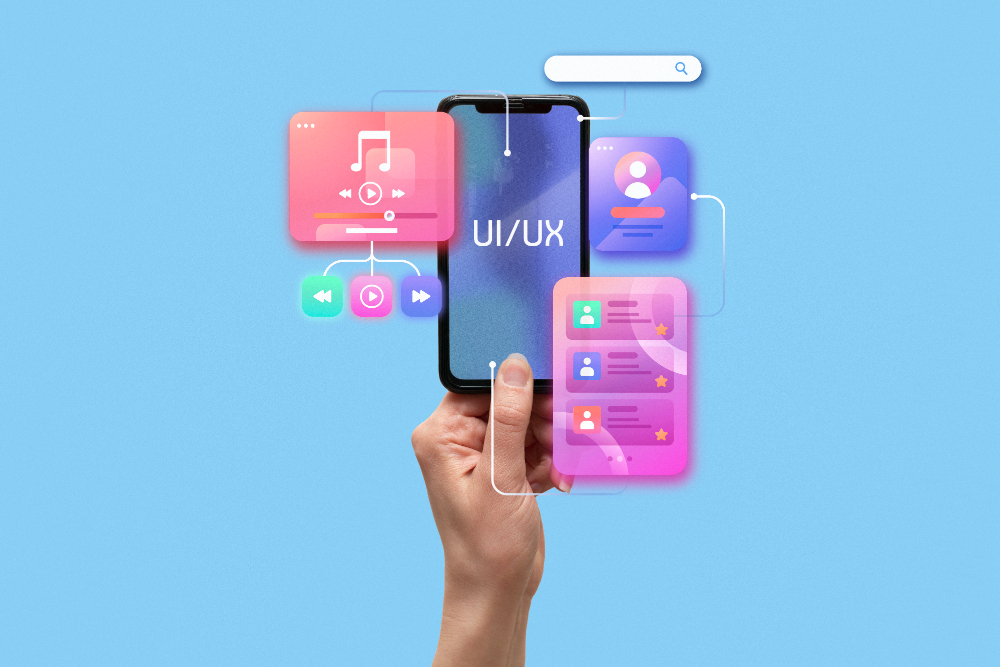
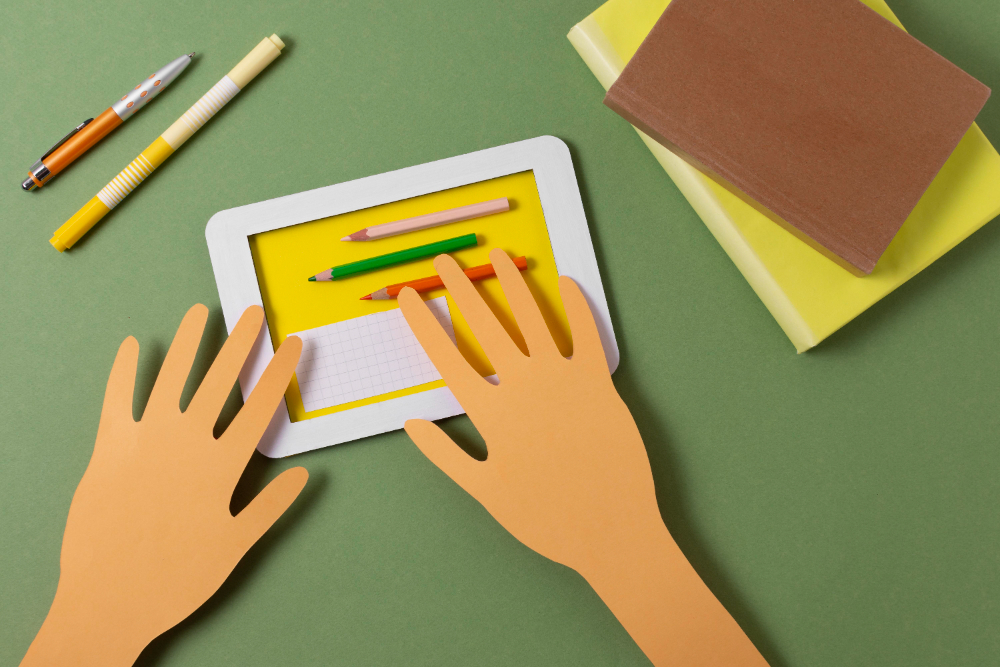


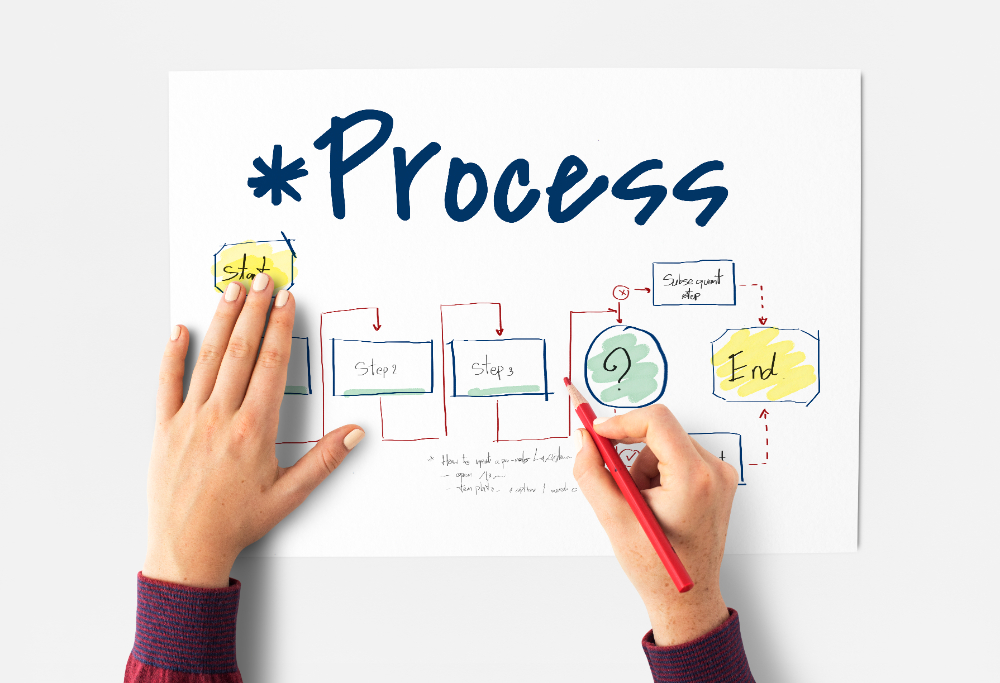



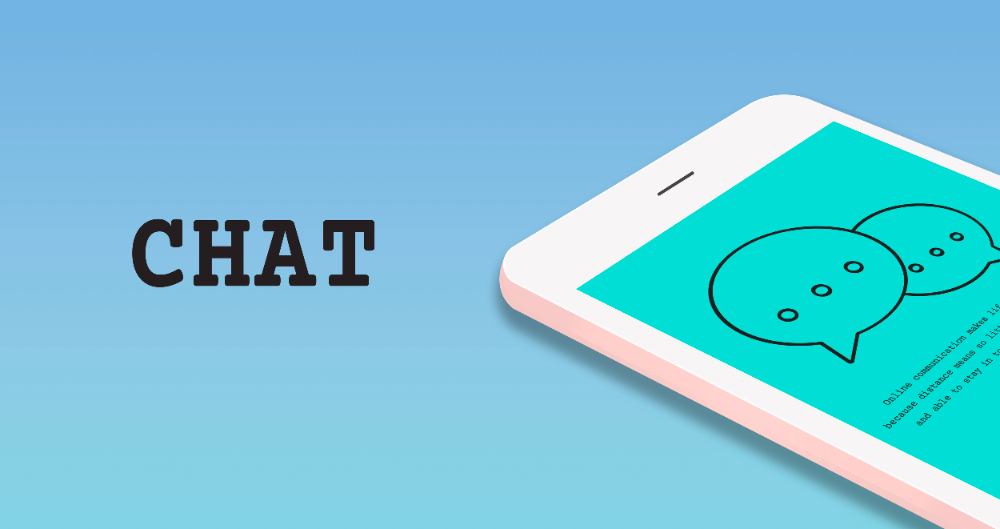

Comments are closed.